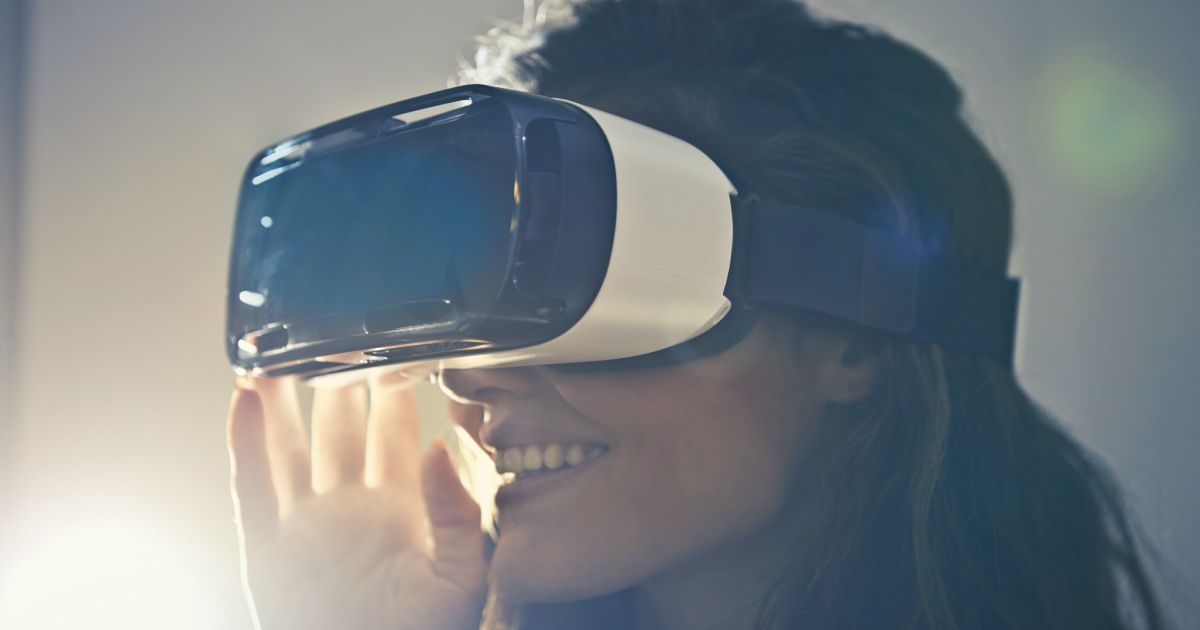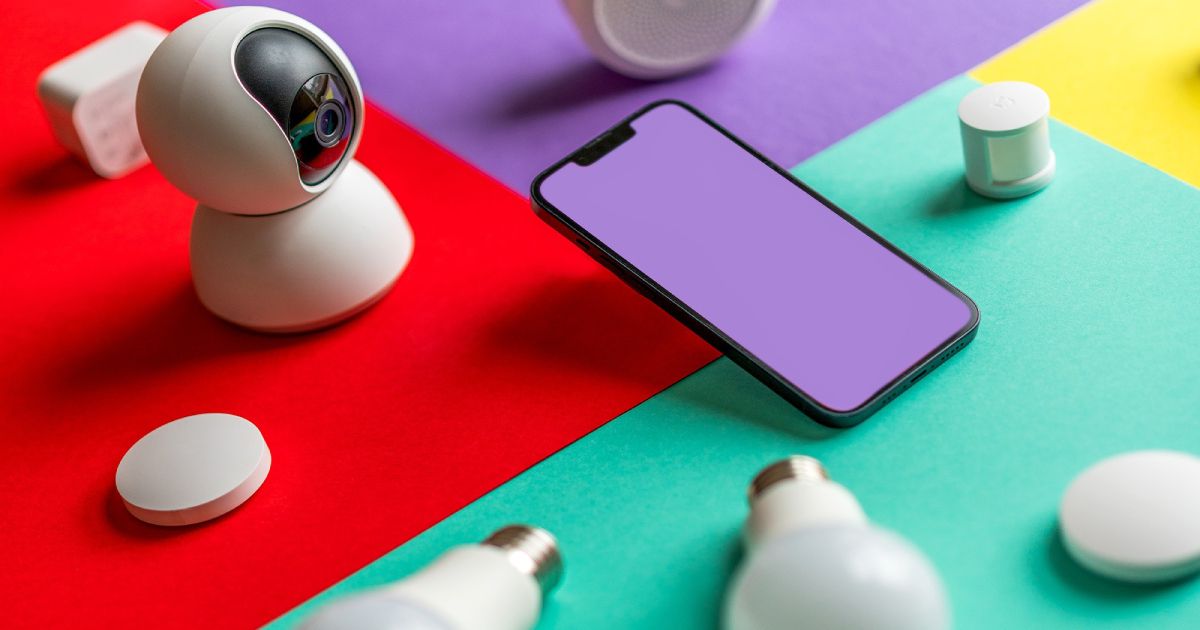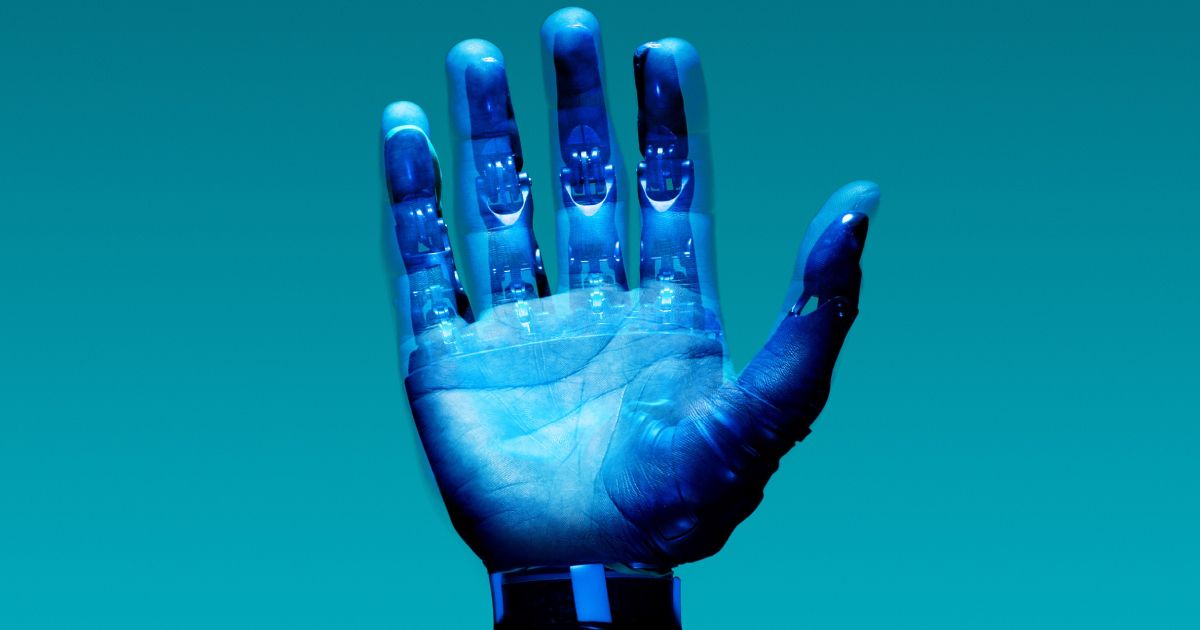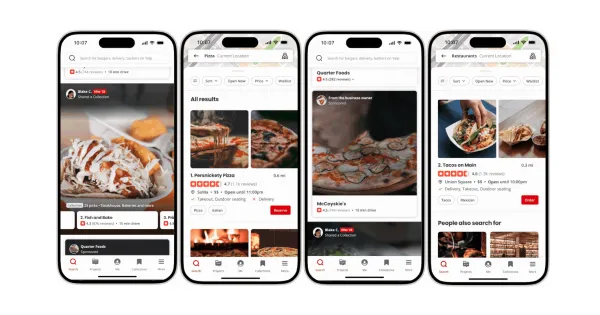The Mobile Revolution: Top 5 Emerging Technology Trends

The digital era has witnessed the widespread adoption of mobile technology, reshaping our communication, work, and information consumption patterns.
The rapid advancement of mobile devices and the proliferation of mobile apps have given rise to several transformative trends that are reshaping the business landscape.
In this article, we will explore the top mobile technology trends and their profound impact on business growth.
1) The Rise of Mobile Apps

Mobile apps have transformed the way businesses interact with their customers. With the widespread adoption of smartphones, businesses now have a direct and personalized channel to reach their target audience.
Mobile apps enable businesses to provide seamless and convenient experiences, allowing customers to access products, services, and information anytime and anywhere. Whether it's making a purchase, accessing customer support, or receiving real-time updates, mobile apps offer a range of functionalities that cater to the evolving needs and preferences of customers.
Moreover, mobile apps have opened up new avenues for customer engagement and loyalty. By leveraging features such as push notifications, in-app messaging, and personalized content, businesses can establish direct communication with their customers. These interactive capabilities enable businesses to send targeted promotions, exclusive offers, and personalized recommendations, enhancing the overall customer experience and fostering a sense of loyalty.
Furthermore, mobile apps allow businesses to gather valuable customer data, such as user preferences, behavior patterns, and location-based information. This data can be analyzed to gain insights into customer needs, enabling businesses to refine their offerings and deliver even more personalized experiences, resulting in increased customer satisfaction and retention.
2) Mobile Commerce (M-Commerce)

The advent of mobile technology has fueled the growth of mobile commerce or M-commerce. With the widespread use of smartphones and tablets, consumers now have the ability to make purchases directly from their mobile devices, anytime and anywhere.
M-commerce has transformed the way businesses sell their products and services, offering a convenient and accessible platform for customers to browse, compare, and purchase items on the go. Mobile apps and optimized mobile websites have become crucial tools for businesses to tap into this expanding market and provide a seamless shopping experience to their customers.
One of the key advantages of M-commerce is the ability to leverage location-based services. Mobile devices can utilize GPS technology to provide real-time information about nearby stores, promotions, and offers. This personalized approach allows businesses to target customers based on their current location and deliver relevant and timely marketing messages. For instance, a retail store can send push notifications to customers passing by, informing them of ongoing sales or exclusive discounts.
This level of targeted marketing enhances customer engagement and increases the likelihood of converting potential customers into actual buyers. As mobile technology continues to advance, M-commerce is expected to further revolutionize the retail industry, offering businesses new opportunities for growth and expansion.
3) Augmented Reality (AR) and Virtual Reality (VR)

AR (Augmented Reality) and VR (Virtual Reality) technologies have gained momentum in recent years, offering immersive and interactive experiences to users. AR enhances the real-world environment by overlaying digital elements, such as graphics, images, or information, onto the user's view through a smartphone, tablet, or smart glasses.
This technology has been widely adopted in various industries, including retail, real estate, and tourism. For example, in the retail sector, AR allows customers to virtually try on clothes or visualize how furniture would look in their homes before making a purchase. This interactive and personalized experience not only enhances customer engagement but also reduces the likelihood of returns, ultimately improving customer satisfaction.
On the other hand, VR offers a completely immersive experience by simulating a virtual environment. Users wear VR headsets that transport them to a computer-generated world where they can explore, interact, and even manipulate objects.
VR has found applications in gaming, education, and training, among others. For instance, in the gaming industry, VR provides users with a sense of presence and realism, creating an incredibly immersive gaming experience. In education and training, VR simulations can replicate real-life scenarios, allowing users to practice skills in a safe and controlled environment.
These technologies have the potential to revolutionize how businesses engage with their customers, offering unique and captivating experiences that go beyond traditional methods.
4) Internet of Things (IoT)

The Internet of Things (IoT) is a network of interconnected devices that can communicate and exchange data. These devices, equipped with sensors, actuators, and connectivity, can range from everyday objects such as appliances and wearable devices to industrial machinery and infrastructure.
The IoT enables these devices to collect and share data, allowing for remote monitoring, control, and automation. By connecting previously standalone devices and integrating them into a cohesive network, the IoT has the potential to transform various industries and enhance the overall customer experience.
In the realm of smart homes, for example, IoT devices enable homeowners to remotely control and monitor their appliances, thermostats, security systems, and more. This level of automation and connectivity enhances convenience, energy efficiency, and security for residents.
In healthcare, IoT devices like wearable fitness trackers or remote patient monitoring systems enable individuals to track their health metrics and share them with healthcare providers in real-time. This not only improves patient engagement and enables proactive care but also allows for more accurate diagnoses and personalized treatments.
The IoT has also made an impact in transportation and logistics, where connected vehicles and smart logistics systems can optimize routes, improve fuel efficiency, and enhance the overall supply chain management process.
Overall, the IoT has the potential to revolutionize how businesses operate and deliver value to customers by enabling smarter, more connected, and efficient systems.
5) Artificial Intelligence (AI) and Machine Learning (ML)

AI (Artificial Intelligence) and ML (Machine Learning) technologies have made significant advancements in recent years, revolutionizing the way businesses operate and interact with their customers. AI-powered systems can now automate repetitive and mundane tasks, freeing up valuable human resources to focus on more complex and strategic activities.
By leveraging ML algorithms, businesses can train models to analyze large volumes of data, recognize patterns, and make predictions with a high degree of accuracy. This allows organizations to streamline operations, improve efficiency, and reduce costs.
Furthermore, AI and ML technologies enable businesses to personalize experiences and deliver targeted recommendations to customers. By analyzing customer data, including browsing history, preferences, and purchase behavior, AI systems can provide personalized product recommendations, tailored marketing campaigns, and customized customer support. This level of personalization enhances customer engagement, increases customer satisfaction, and ultimately drives revenue growth.
Moreover, AI-powered predictive analytics can help businesses anticipate customer needs, identify market trends, and make data-driven decisions. By uncovering hidden insights and patterns in data, organizations can proactively adapt to changing market conditions, optimize their strategies, and gain a competitive edge in their industry. The advancements in AI and ML technologies have unlocked tremendous potential for businesses to innovate, transform customer experiences, and drive business success.
Final Thoughts
Mobile technology trends have transformed the business landscape, presenting both challenges and opportunities.
By embracing these trends and leveraging the power of mobile technology, businesses can enhance customer experiences, drive innovation, and unlock new avenues for growth.
Whether it's through developing mobile apps, optimizing for mobile commerce, incorporating AR/VR experiences, embracing IoT, or harnessing AI and ML capabilities, businesses can stay ahead of the curve and harness the full potential of mobile technology to fuel their growth in the digital age.





